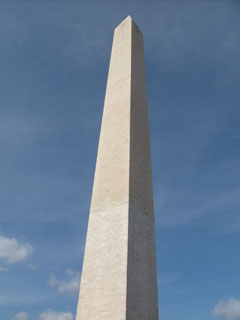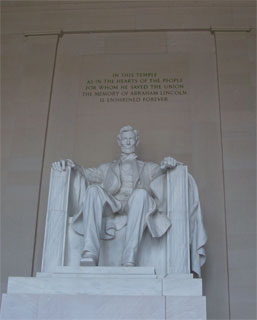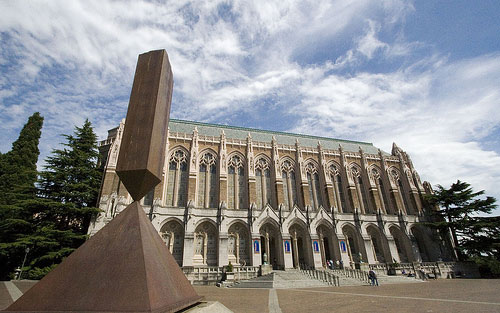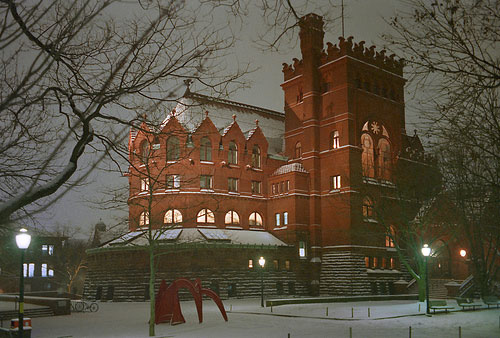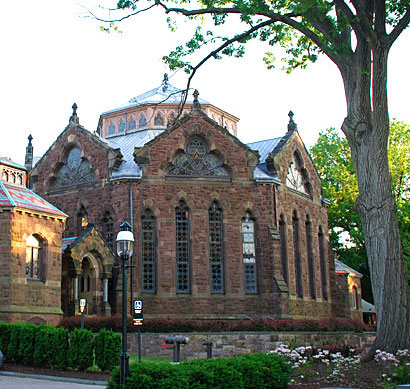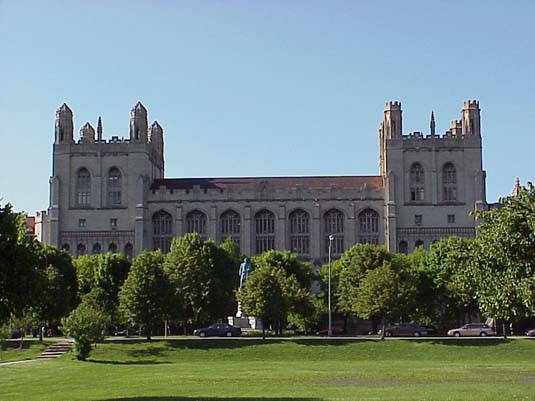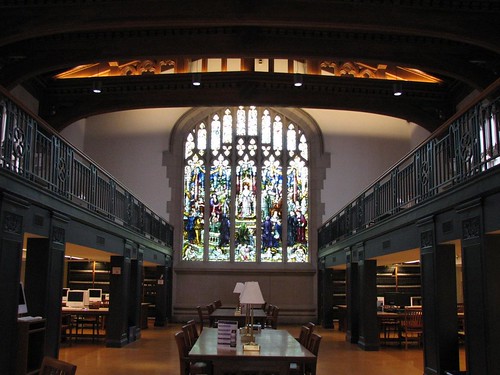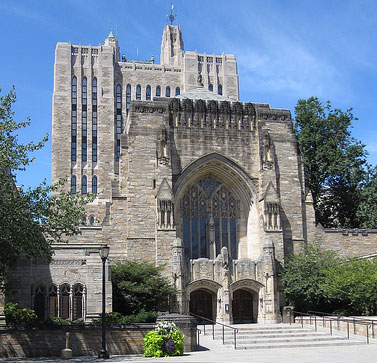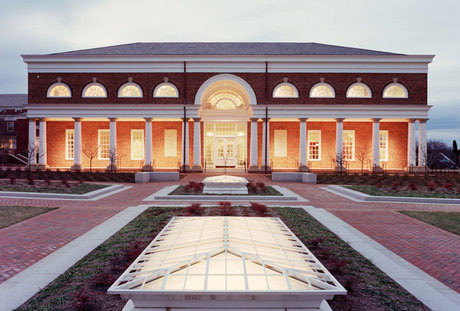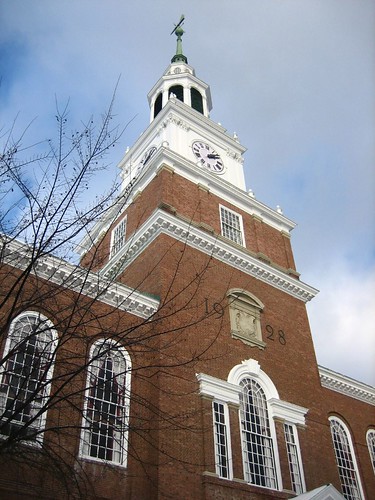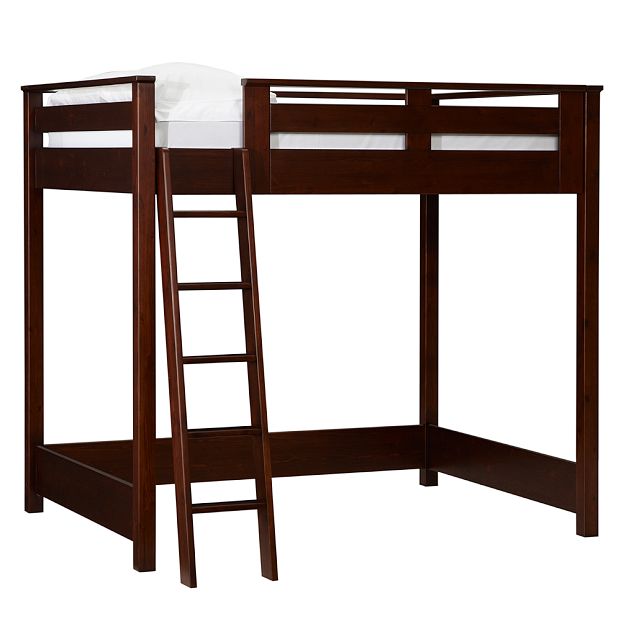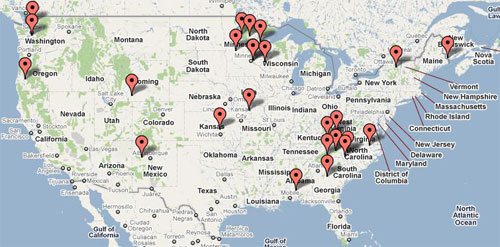Money Saving Recommendation:
Download your Textbooks at
CourseSmart.
__________________________________________________________
Like it or not, eTextbooks will slowly replace traditional textbooks and become the way of the future. While digital textbook sales currently only account for a very small percentage of the textbook market, they are projected to reach 18.8% of the market by 2014.
As newer devices like the iPad are introduced, students are seeing they can read books in digital form all while saving money and reducing the weight of their book bags. But as it stands now, when it comes to studying, e-readers cant match the functionality of traditional textbooks. E-readers may be fine for reading, but textbooks are seldom read like novels, which is why most students still prefer traditional textbooks.
If you do choose to get your textbooks in digital form, it is highly recommended that you have some type of portable device like a laptop, iPad or Kindle DX so you can easily carry and view your eTextbooks on a readable device. Sometimes you can access textbook material from an iPhone, but this is not the ideal device to use when studying (though it comes in handy when trying to look up something real quick). You could use a desktop computer, but you may not be able to access your textbook (in some cases) when you are in class or in a study group, which could be limiting. To get around this, some students print out copies of certain parts of their textbook when needed in paper form.
The biggest complaint about eTextbooks seems to be that you cant take notes as easily as in a traditional textbook. However, there are a few e-readers available that will allow you to do highlighting and jot down notes next to a paragraph and you can easily search for a specific word, phrase or topic within the textbook. Of course, as mentioned before, with eTextbooks you always have the option of printing out your required reading and making notes next to passages as you normally would.
While more college bookstores are beginning to offer eTextbooks as a purchase option, you can still find these books for much cheaper online, as college bookstores are known to have quite the markup on prices.
Along with buying and renting, downloading textbooks is a third option for getting the textbooks you need, and clearly the fastest way to get your books as they can be downloaded instantly upon purchase online. Consider the following companies when looking to get your textbooks in digital form.
CourseSmart
![CourseSmart]()
CourseSmart has really benefited from the growing popularity of eTextbooks. They reported a 400 percent increase in sales in 2009 from the year before.
CourseSmart bills itself as the number one place for eTextbooks as it carries one of the largest collections of eTextbooks. They also have a mobile app that lets you browse your material from your iPhone or iPad. CourseSmart claims you can save up to 60% off the price of printed textbooks when you purchase textbooks in digital form.
When purchasing eTextbooks at CourseSmart, simply find your book and select between the "online" or "downloadable" format and complete your purchase. Purchased online eTextbooks can be accessed instantly and read right away. If you purchase downloadable textbooks, you will be required to install a software application on your computer to allow viewing. You must choose if you'd like to download the book and view it on one computer, or access it online from any computer, you can't choose both. Purchasers of the eTextbook don't get to keep the book permanently because the downloaded files have digital expiration codes and expire after about 180 days.
CengageBrain
![Cengage]()
At CengageBrain you can buy, rent or download your textbooks. Whether you need the whole book or just a few chapters, you can get your textbooks in any form you want. With 15,000 new print textbooks, textbook rentals, eBooks, single eChapters, and print, digital, and audio study tools, you should be able to pick and choose just what you need. The eChapters option would be a good choice for saving money in those classes that only cover a few chapters of the book. Check your syllabus to see how much of the textbook your teacher plans on covering.
PDF textbooks from CengageBrain are called sPDFs (basically a secure PDF file). An sPDF is the same as a standard PDF file with the addition of DRM (digital rights management) software to protect the copyrighted content. This technology prevents illegal distribution of the textbook over the Web. To view your eTextbooks on your computer, you must download their viewer, which provides the DRM software for eTextbooks purchased at CengageBrain.com. This software is required to access your electronic content. Because of this strict DRM technology, you are granted two licenses to your content, which means you can only view your textbook on two different computers at a time. Thus it may become a problem for those using computers in a computer lab.
CafeScribe
![CafeScribe]()
CafeScribe sells eTextbooks on its online store and also at many college bookstores. Students who purchase the PDF version of the book through their bookstore will receive an access code to download the book from the Café Scribe website. Users also have access to MyScribe, a free computer program that allows you to easily search, view, collaborate and take notes on your digital textbook. The MyScribe program has a built-in social networking component that enables students to easily form study groups and share notes.
Amazon
![Amazon.com]()
Most of you are already aware of the ability to purchase and read books on the Amazon Kindle. With the creation of the Kindle DX, we have a device that is more suitable for the college student. With eTextbooks at Amazon, it works the same way: you can buy your textbooks right from the Kindle and have immediate access.
While you cant get the textbooks in PDF format, they do have a free application (Kindle for PC) that allows you to read your Kindle books on your computer/laptop. You dont even necessarily need to own a Kindle to access eTextbooks from Amazon this way. With Kindle for PC you can purchase, download, and read books available in the Kindle Store and access your library of Kindle books stored on Amazon. The application lets you select the text size, words per line, add and view bookmarks, notes and highlights. Amazon also has a Mac version of the software.
Barnes & Noble
![Barnes and Noble]()
Barnes and Noble offers what is very similar to Amazon, with the exception that you only get access to your purchased eTextbook for 180 days. Their free NookStudy program is a specially designed eTextbook application that looks promising compared to other e-readers designed for eTextbooks.
Of course other questionably legal means of getting textbooks do exist (file sharing sites), but as more publishers look to implement their DRM technology, being able to share your book becomes difficult.
As eTextbooks gain in popularity, the number of traditional textbooks in circulation will lower, which will impact the used textbook market
something that has cut into the profits of textbook publishers for years.
Some argue eTextbooks are too expensive for what they are (especially if you only get to access them for 180 days), and students should stick to the traditional way of buying textbooks. Research has shown that getting textbooks in digital form does not yield any significant savings over traditional textbooks.

